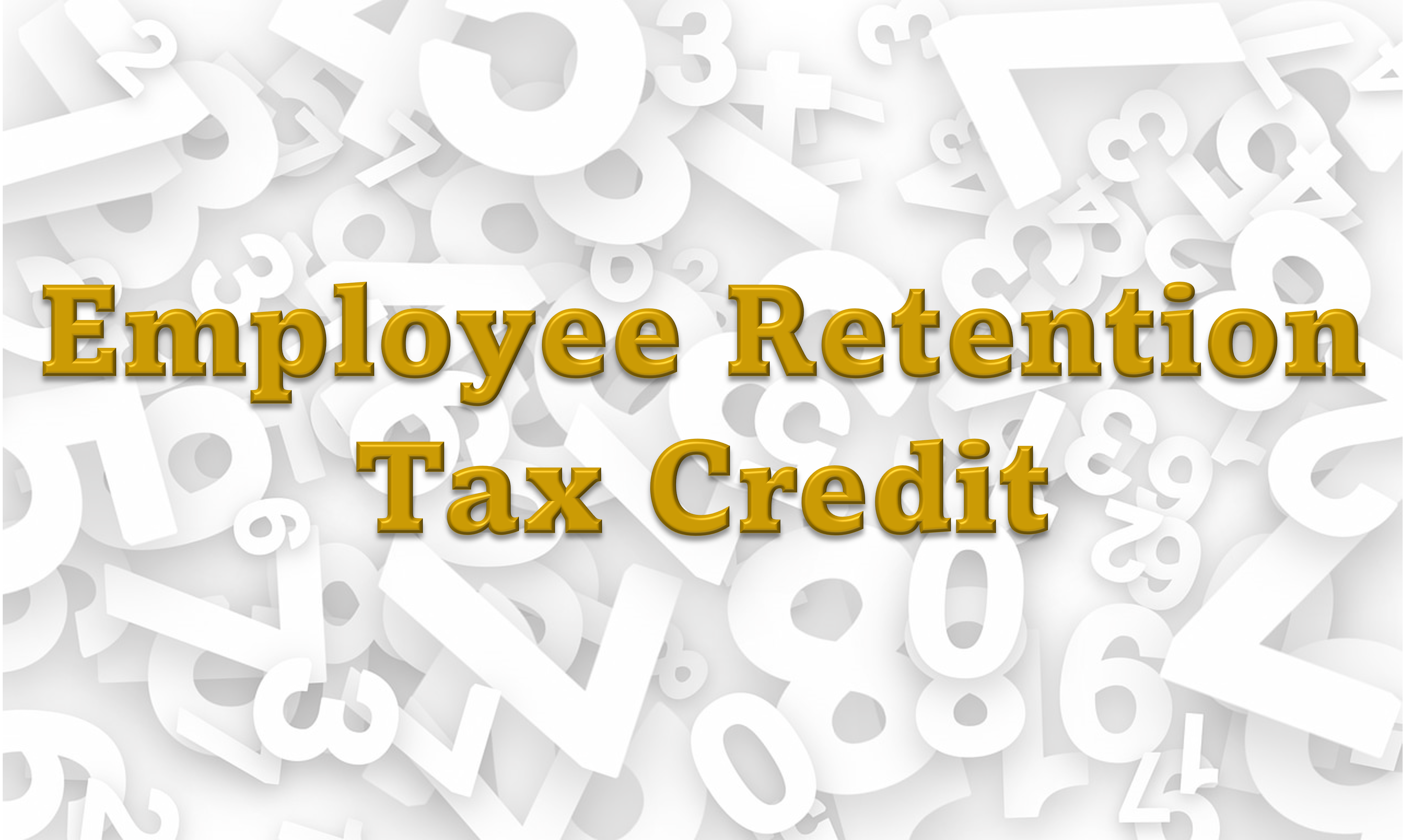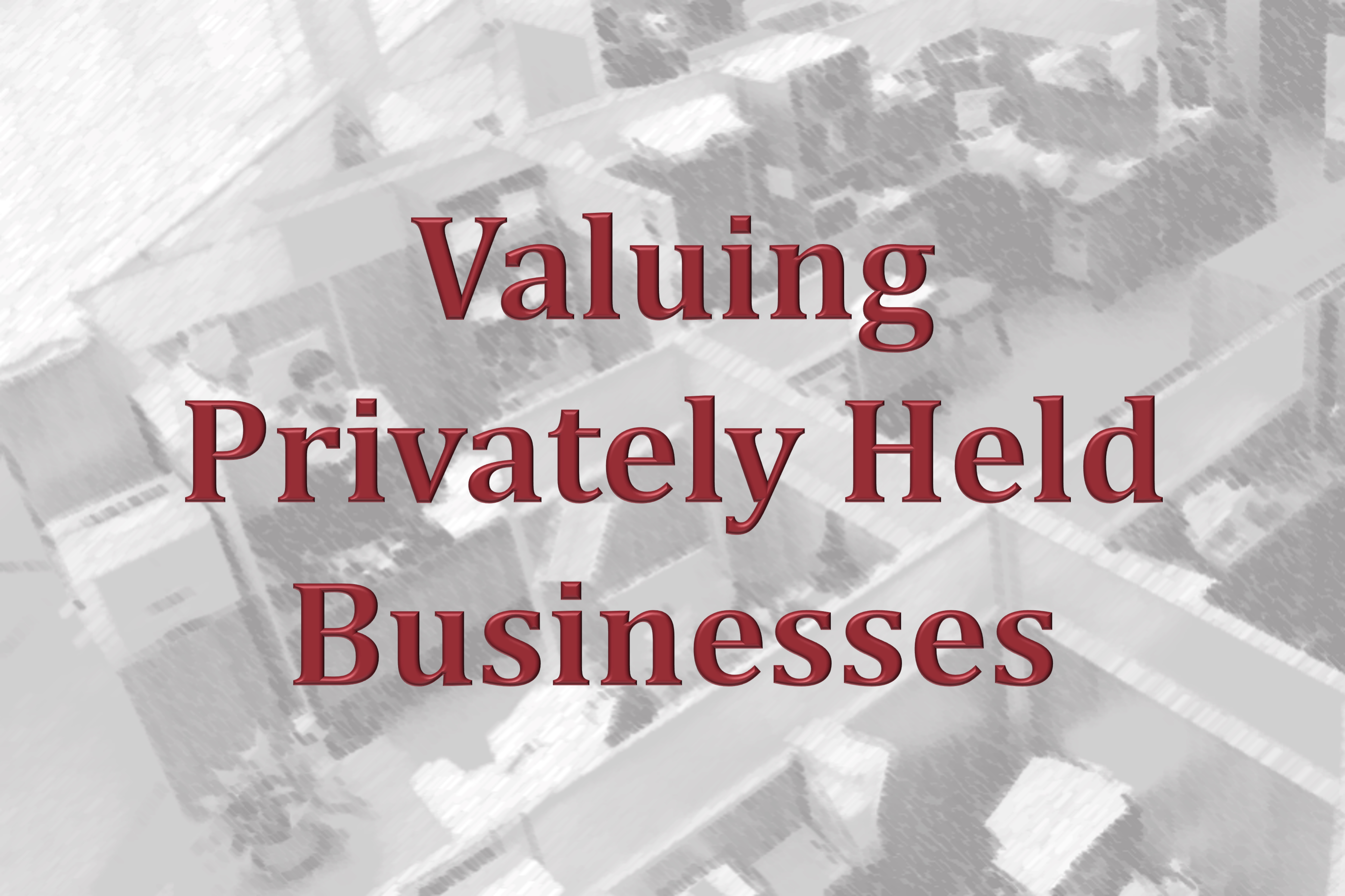
A lot of businesses suffered negative impacts due to COVID-19. In the midst of all the COVID-19 business interruptions some businesses kept their employees on payroll. There is an incentive for that.
The Employee Retention Tax Credit (ERTC) is a refundable tax credit available to eligible businesses that had payroll in select quarters of 2020 and 2021 and paid eligible wages. The ERTC is a government incentive pursuant to Section 2301 of the CARES Act as originally enacted, as well as the American Rescue Plan Act of 2021.
Eligible not for profit entities can also apply for the credit. While Individuals do not qualify to apply.
To be eligible for the ERTC, the business should have been carrying on a trade or business during the quarter for which the credit is determined. The employer should also have paid qualified W2 wages in the relevant quarters of 2020 and 2021, the business should also meet either of the following criteria:
- Significant decline in gross receipts – to be eligible, the qualified employer must have experienced a significant decline in gross receipts for the second, third or fourth quarter in 2020 as compared to gross receipts for the same quarter in 2019. For the first, second and third quarters of 2021, the determination of decline in gross receipts is made separately per each quarter in comparison to same quarter in 2019, generally. There are exceptions for businesses that were not in existence in 2019.
- Government ordered full or partial shutdowns – businesses that were shut down completely or partially, by a government order due to the COVID-19 pandemic in 2020 or the first three quarters of 2021 are eligible for the ERTC. In order to qualify, these government orders should have limited commerce, travel or group meetings due to COVID-19 and should have resulted in the qualified employer fully or partially shutting down the operations of its trade or business.
Here are some issues to consider when determining if a business was shut down due to a government order:
- If a government order shuts down non-essential businesses but allows essential businesses to operate, the essential business is not considered shut down. However, if the same essential business operates a nominal part of its business that is non-essential, then depending on the facts and circumstances, that business is considered to have been partially suspended.
- If a government order causes a business’s suppliers to be unable to make deliveries of critical goods or materials, based on certain facts and circumstances, the business is considered partially shut down.
- If an employer voluntarily suspends operations or voluntarily reduces operating hours as a COVID-19 precaution, the business is not considered partially shut down.
- If a workplace is shut down by a government order but the employer is able to continue operations at a comparable scale due to requiring employees to telework, then the business is not considered partially shut down.
As you can see there are many considerations to be made when assessing full or partial shutdown due to a government order. By the way, not every announcement the governor of your state or the mayor of your city made on TV is considered a government order.
Our ERTC experts will sift through government orders and compare them to your businesses facts and circumstances to determine if you are eligible based on the government ordered shutdown criteria.
Amount of the credit
For all calendar quarters in 2020, the maximum qualified wages including the allocable qualified health plan expenses in respect to each employee is $10,000. The amount of the credit is 50% of qualified wages. Therefore for 2020, the maximum credit for each employee is $5,000.
For 2021 calendar quarters Q1, Q2 and Q3, the maximum qualified wages including the allocable portion of health plan expenses is $10,000 for any calendar quarter. The maximum credit per employee is 70% of qualified wages.
There are a lot of mechanics and guidance that go into determining qualified employees and qualified wages. Our ERTC experts at Ahuja & Clark can help navigate these determinations.
For businesses with PPP loan forgiveness
Wages reported as payroll costs for Paychecks Protection Loan Forgiveness are not eligible to be counted towards qualified wages for ERTC purposes. This goes for wages reported for other incentives such as the shuttered venue operators grant, in short, the IRS says you can not double dip! I want to hasten to say that if you had PPP loan forgiveness, it does not automatically disqualify you from claiming the ERTC. Get in touch with us so we can analyze your payroll costs against your PPP loan forgiveness to see if you qualify to claim the ERTC.
Income Tax Implications
The ERTC is a refundable credit, therefore businesses which get the refund are not assessed income tax on the refund. However, the ERTC amount refunded should be excluded from payroll costs deductions on the business tax return.
Resources:




